Tony Seba was among the first to recognize the disruptive potential of solar PV with the publication of his book “Solar Trillions” in 2010. His think tank, RethinkX, recently published a report titled “Rethinking Energy 2020-2030 – 100% Solar, Wind and Batteries is Just the Beginning.”
In early December, pv magazine publisher, Eckhart Gouras, interviewed Seba and Adam Dorr, the two authors of this report. As Seba and Dorr make clear in the interview, a 100% solar-wind-battery system is not only possible, but the cheapest way to build an electricity system in the U.S. by 2030.
They introduce the concept of the “Clean Energy U-curve,” which shows that the cheapest system is actually one that involves a lot more solar PV and wind power capacity than the peak power demand profile.
But they go one step further by introducing the concept of “SuperPower”: by investing in even more solar PV and wind power than the lowest-cost system defined by the “Clean Energy U-curve,” the gain in additional energy, or “superpower,” is exponential to the money invested.
pv magazine: Achieving 100% clean electricity by 2030 seems very ambitious, but getting there would certainly be a very big step in limiting carbon emissions and climate change. Describe how you uncovered this truth that a pure SWB [solar, wind, batteries] electricity system could already be implemented in the continental United States by 2030 at a reasonable cost of under $2 trillion?
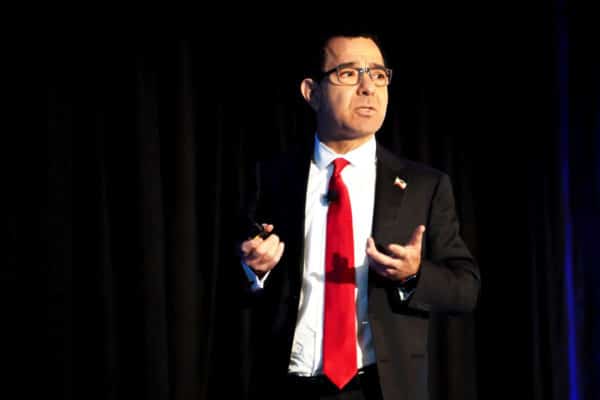
Image: Eric C. Shen
Tony Seba (TS): We focus in on technology disruption and its implications for humanity, for society. For the energy sector, the question that we asked ourselves was this: Is an electricity system composed purely of solar, wind, and batteries, with all of the other constraining assumptions that we can talk about, is it possible at all?
Because there is a mythology out there that it’s not possible, or if it’s possible, it’s going to cost zillions of dollars. Is it possible at all? And if so, is it possible by 2030? Essentially, those were the questions that we asked ourselves. So, we started from first principles. Our methodology that we have used to analyze other disruptions over the last 15 years.
Adam Dorr (AD): I would just echo what Tony said. We proceed from the basis of having a sound theoretical framework. We have a set of first principles that allows us to understand all disruptions, all technology disruptions, historically and today, and we apply that framework, the Seba Technology Disruption Framework, to this particular question of the energy disruption facing the 2020s.
What we find when we do that, is we see that all of the signs are there. That disruption is inevitable. In fact, it has already begun. This disruption of energy is sure to become a textbook example of disruption, and Tony has been pointing this out since the mid 2000s. What we discovered in this particular analysis are some of the interesting nuances of the dynamics themselves.
When we apply our approach and we use Systems Dynamics to model the relationships between solar generation, wind power generation and battery energy storage, we discovered some very interesting relationships.
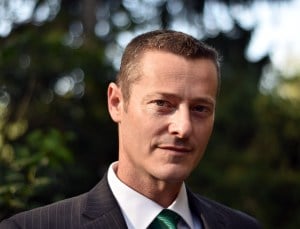
Image: AdamDorr.com
One of the most profound of these is that there is a trade-off, there is a balance between energy generation and energy storage, and you can have many different combinations of the two that will give you a functioning system.
So, the answer to the first question we asked, is it possible, is it physically possible? We discovered that “yes”, there are many, in fact, there are tens of thousands of ways to have a different mix of energy generation and energy storage that will in principle function. The question then is what is the correct balance? What is the optimal balance that will give you the most affordable, the most practical system?
pv Magazine: And that’s the “Clean Energy U-curve” you describe in your report, right?
AD: That’s exactly correct. This was a fascinating finding and confirmed research that is already beginning to see quite clearly that the correct balance, the optimal balance, between generation and storage actually has more generation than the prevailing mythology believes and less battery capacity than the prevailing mythology believes.
There’s this idea that we would need weeks, or even more than one month of long-term energy storage, in order to make a system with 100% solar and wind work. That is not true. What you need is more solar and wind power, which allows you to trade off less battery energy capacity, and when you strike the optimal balance, the correct balance, which is the bottom of the U-curve, because U-curve is a cost function. It’s telling us what different functioning, different 100% solar, wind and battery systems, what they would cost.
We find that the least expensive system is the cheapest electricity system that we can build with any technology, the bottom of the U-curve for solar, wind and batteries, is cheaper than any other conventional electricity generating technology, for example coal or natural gas.
pv Magazine: The other radical concept you discovered is that if you actually add to the investment and build even more solar and wind, you get this wonderful superpower effect. Can you describe this in more detail?
AD: Yes, you got it exactly. And that is not an obvious property of the system. That was the realization that there is a non-linear, a disproportional return on investment in superpower and that this creates extraordinary opportunities for societies that make the decision to embrace disruption, to lead with disruption. They can capture an enormous amount of value if they understand these dynamics.

image: Wikimedia
pv Magazine: Well, $2 trillion is still a very large sum, but it happens to be the same amount President-elect Biden is ready to invest as part of his $2 trillion climate proposal. Is this a coincidence, or have you been in touch with members of the Biden team?
TS: We do our work independently, but by coincidence, there is a small number of researchers out there that essentially have looked at the idea of 100% clean energy and the numbers seem to be converging around $2 trillion. Everyone uses different technologies. We use solar, wind and batteries. Some folks use water, some folks use different kinds of storage and so on, but there seems to be a convergence around that number.
It’s good news that [$2 trillion] seems to be the number – not what is being bandied about by the incumbents, whether it’s five or seven or $10 trillion or even not possible. So, it is coincidental, but for a good reason: that the right methodologies are converging around that number.
pv Magazine: A report by the Goldman School of Public Policy at the University of California, Berkeley, builds a case to decarbonize the electricity system by 90% by 2035 for a price tag of $1.7 trillion. While their target is five years later and not 100% clean energy, they criticize the fact that most decarbonization models stretch all the way to 2050, when we are running out of time in combatting climate change.
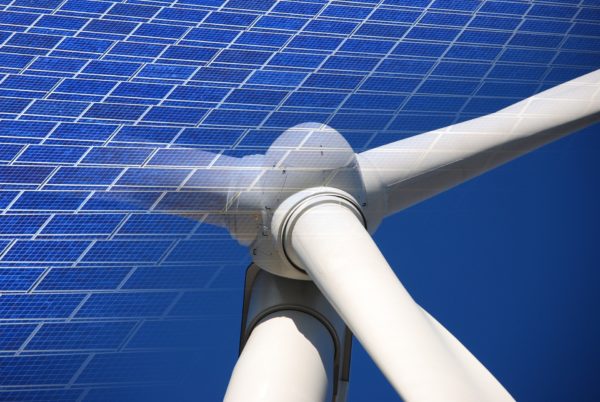
Image: Pixabay
TS: The most interesting finding is that the 100% SWB system we describe is the cheapest possible system. On a purely economic basis, there is no excuse not to do it. Keeping the existing system is more expensive than basically building the [SWB] system, without considering any of the other factors. The implication of climate makes it more urgent, but on a purely economic basis, there’s no excuse not to do this by 2030.
Incumbents are going to put up all kinds of excuses, but from a real perspective there isn’t a good excuse.
AD: Another interesting thing to think about is that sometimes the derivative of a forecast is as interesting as the forecast itself. And what I mean by that is, it’s interesting to look at the way that forecasts are themselves changing over time. And what we see is that the timelines to get to 100% clean energy are moving forward. So, that’s the derivative. First, it was 2100, then 2070, then 2060, 2050, then 2040, then 2035. So you can see that this is a separate phenomenon from the individual forecasts themselves.
pv Magazine: What struck me in the Goldman report was its forecast of clean energy cost declines. Goldman sees on average a 40% to 50% drop in the cost of solar, wind and batteries by 2035. But you are saying by 2030, we will see a drop of 70% in the cost of solar PV, 40% for onshore wind, and 80% for lithium-ion batteries. That’s a very different experience curve.
AD: If you look at that particular report, the forecasts for the growth of the market are linear or nearly linear and the improvement in costs is directly related to the expansion of the market. If the market expands linearly, the cost will not improve as quickly as if the market expands exponentially. There’s no evidence that the market will suddenly stop growing exponentially for any of these technologies.
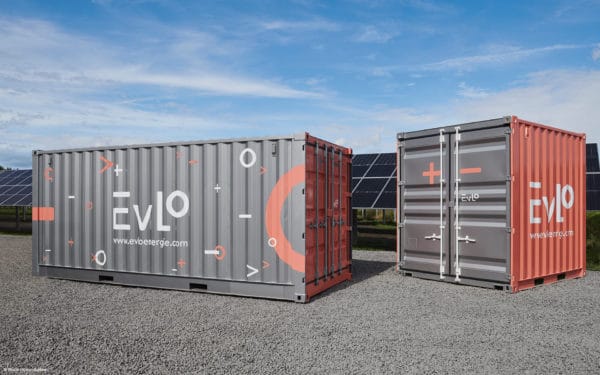
CNW Group/Hydro-Quebec
We know of other forecasts, other projections, that said “well, next year, it’s going to turn into a linear growth trajectory, it is going to stop being exponential.” People have been saying this every year for 10, 15, 20 years. The onus is on the naysayers, I would say. We have every reason to believe that the exponential growth of the markets for solar, wind and batteries – globally, which is what controls costs (the global market) – will continue through the 2020s.
One last point to consider, and this is very important: There’s a difference between our work and other analyses. We know from the history of disruptions throughout human history, that when a disruption happens the new system that is created is almost always much larger than the system it replaces. What this means is that, even if you understand there is an S-curve, the exponential growth eventually slows down. If your new system is much larger than the old one, the exponential growth portion of the S-curve, the exponential part, will be larger than the whole old system.
And this is why the exponential growth can continue for longer than people imagined. People are stuck thinking “We are simply going to one-to-one, replace the existing system with a new technology.” This is not how disruption works. Digital cameras did not replace film cameras one-to-one. There are 10X, 100X, 1000X more digital cameras now than there ever were film cameras.
TS: We call that the “faster horse syndrome.” I mean folks thought that the car was going to be a faster horse, and in fact, it was that 10X superior technology.
pv Magazine: Or the smartphone?
TS: Yes. They thought it was basically just a slightly different cell phone, or the cell phone was a slightly different kind of landline telephone and so on. They were completely different products and systems with completely different capabilities, and that happens every single time.
It’s a phase change to a new system that is larger and cheaper in terms of per-unit price, and it totally has different metrics and behaviors. It’s never a one-to-one substitution.
Editor’s note: This is the first of a three-part series in which Tony Seba and Adam Dorr discuss their newest insights. Read Part 2 here. Read part 3 here.
This content is protected by copyright and may not be reused. If you want to cooperate with us and would like to reuse some of our content, please contact: editors@pv-magazine.com.
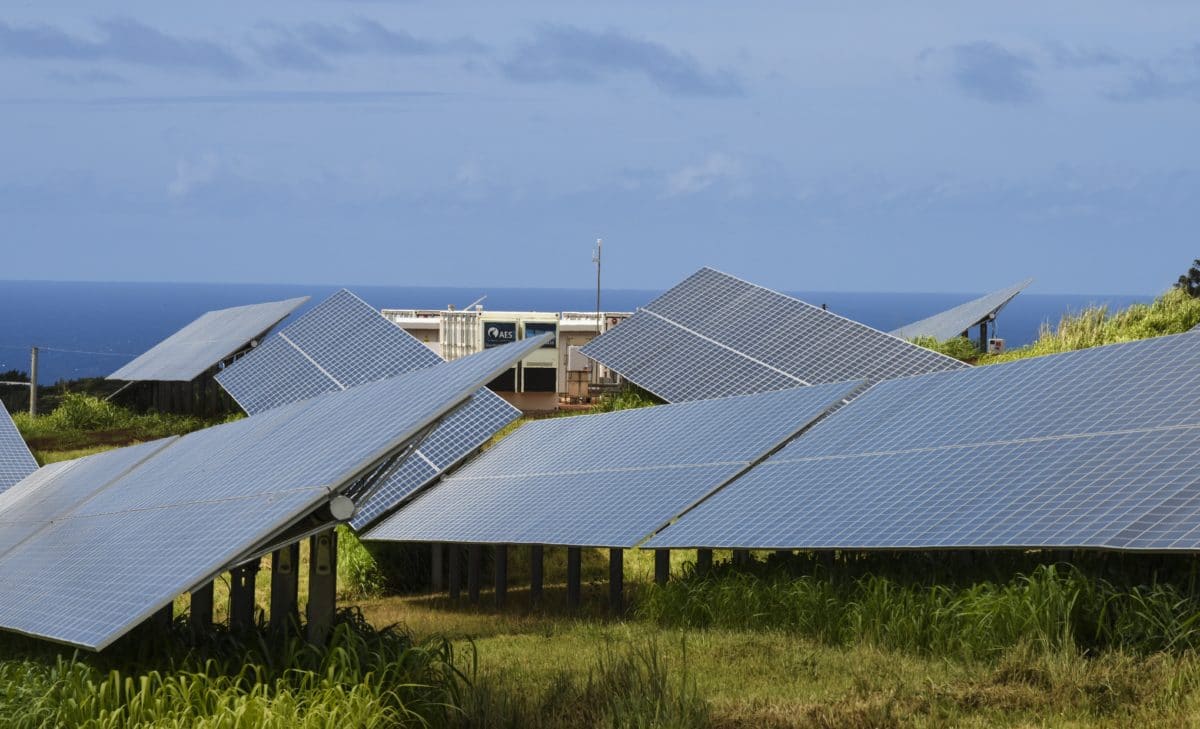







Very good explanation of how logical it is to ramp up solar/wind/storage.
The U-curve? This is Dr. Marc Perez’s stuff.
Dr Perez. Super interesting and good reference. Thanks. But, I think we need more people shouting this message. Do we care that much about being first that we don’t respect the follower’s message?
Very interesting how the human mind tends to think linearly and has so much trouble understanding how fast exponential processes bring about disruption. The book, “Rethinking Humanity” by James Arbib and Tony Seba paints a very promising, but turbulent, future if we’ll only embrace change for the good rather than repeating the same mistakes so many civilizations before us did, by retreating in fear, attempting to maintain the status quo, and sinking into another dark age.
Good invention. You also need to develop what kind of battery that can also accept high capacity storage to make it a holistic improvement.